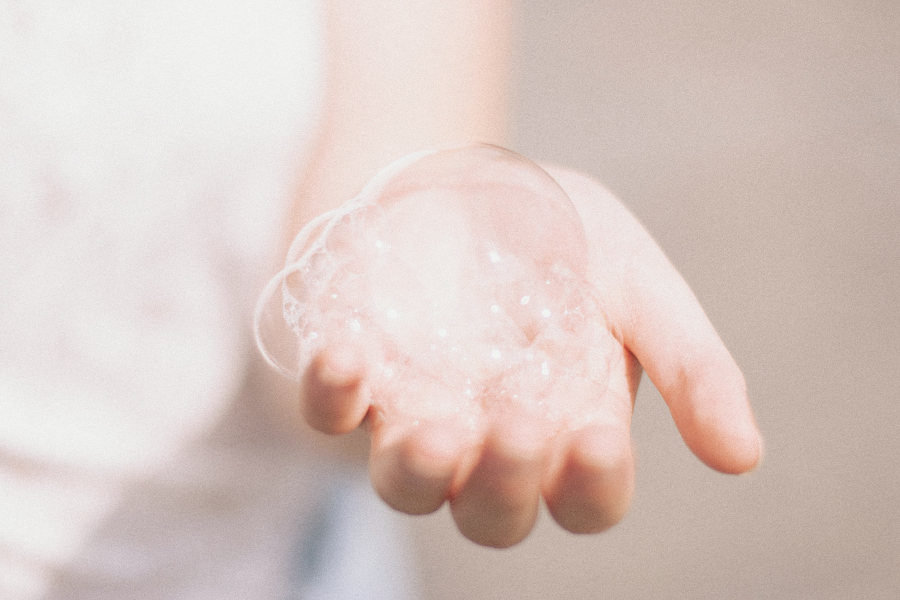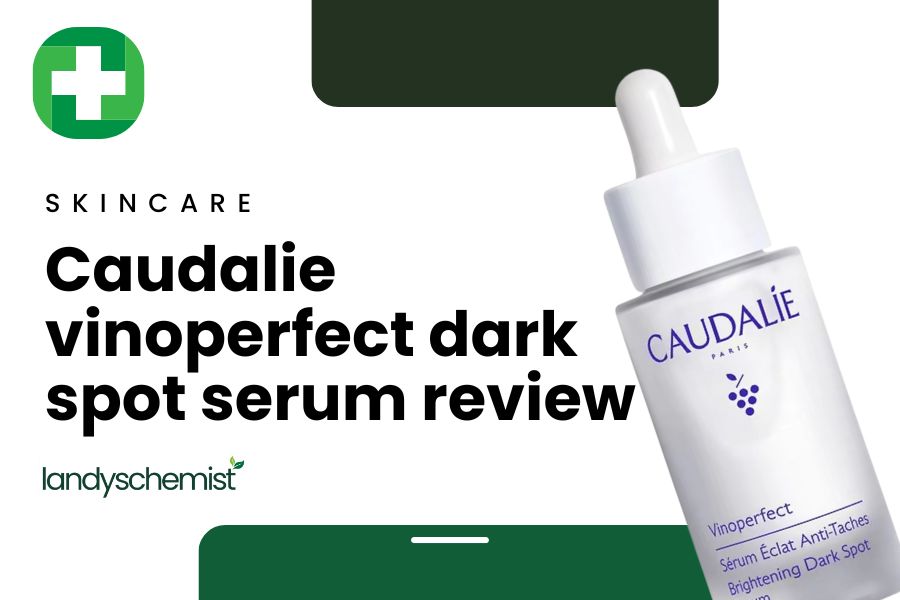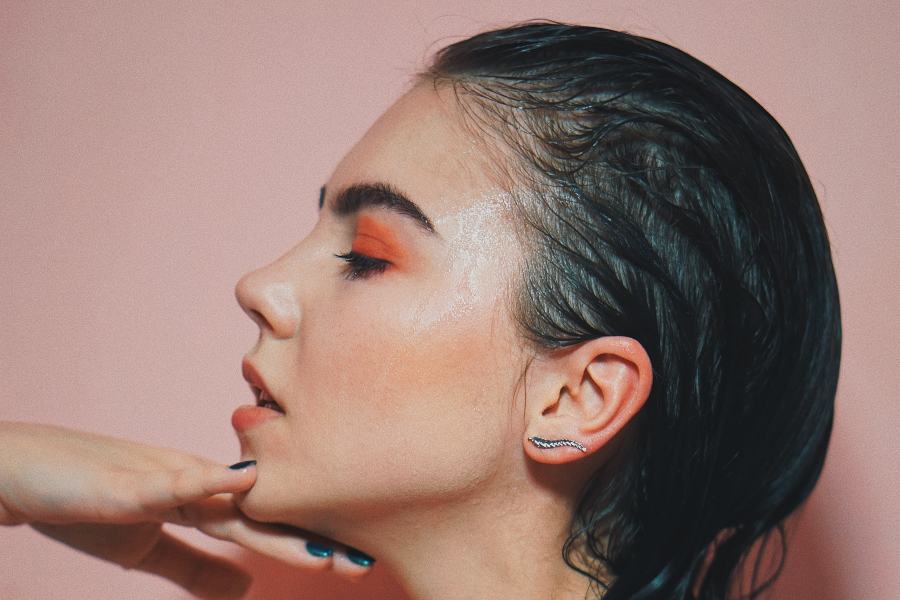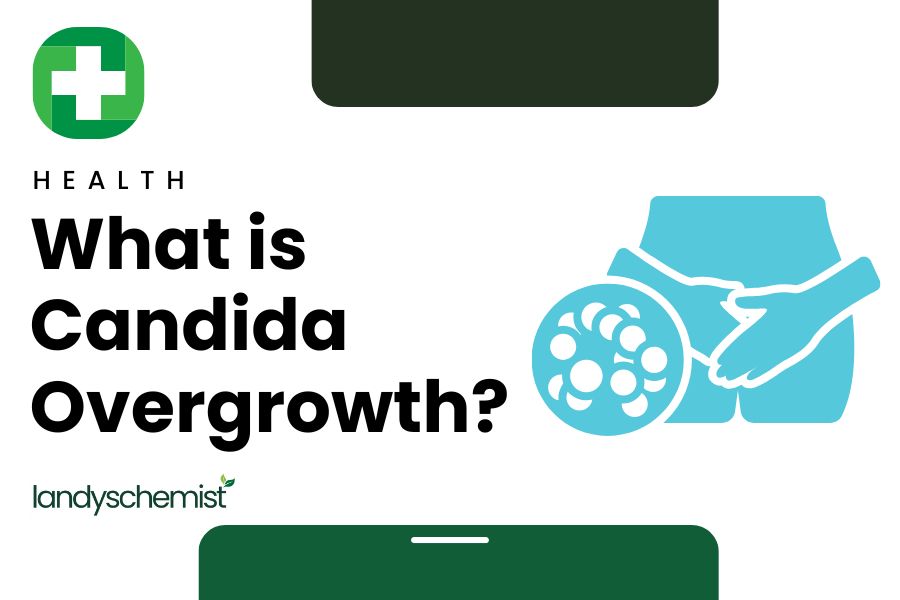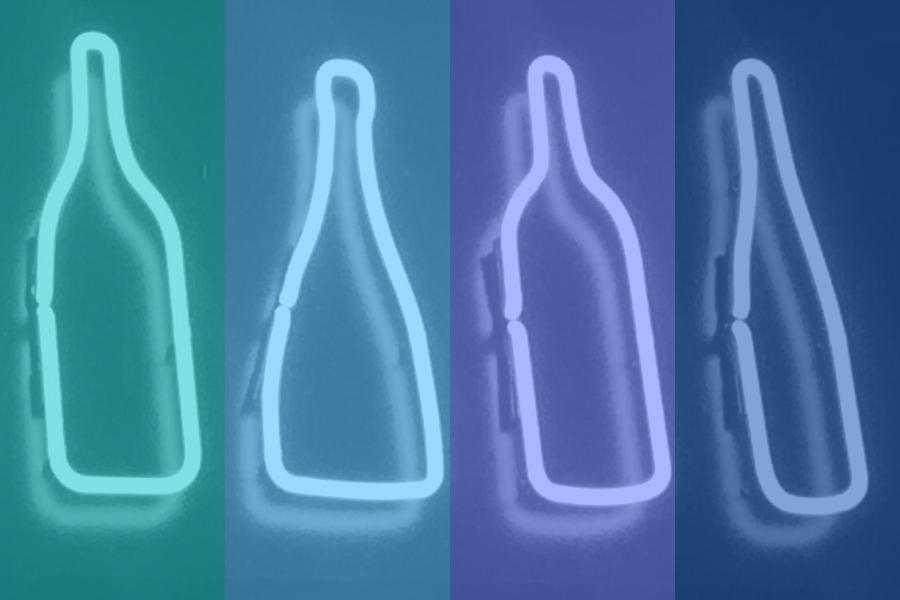
The Four Types Of Moisturisers & How To Pick The Right One
Moisturisers are essential for great skin. But, apart from there being lots of brands to pick from, there are also different types of moisturisers and certain formulas that are better depending on your skin type.
To help you find the right type of moisturiser for your needs, we've asked skincare experts, looked at the latest studies on moisturisers and their key ingredients, and collated all that advice into your go-to guide for types of moisturisers.
Table of Contents
The Importance Of Understanding Moisturiser Types
It's important to understand what types of facial moisturisers there are, and when to use them, in order to give your skin the best benefits, while avoiding creating skin problems from choosing the wrong moisturiser. Using the right face moisturiser will also make a huge difference to your skin and will be key to creating the perfect moisturising routine for you.
What Are The Different Types Of Moisturiser?
When we are talking about types of moisturisers, we are often actually talking about the most common ingredients in facial moisturisers, the ones that are the foundational difference between them.
There are four types of moisturisers:
- Emollients
- Humectants
- Occlusives
- Ceramides
Emollients
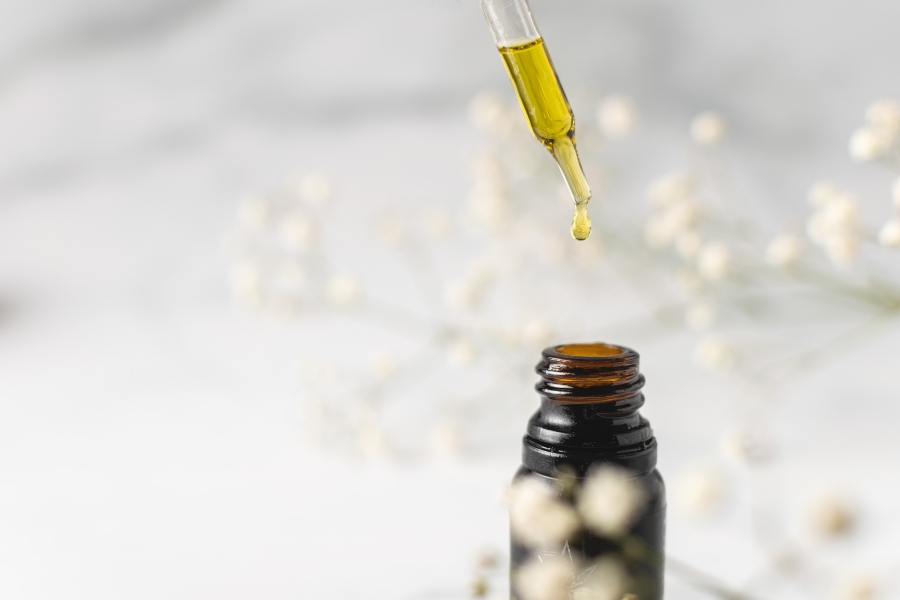
The word emollient comes from the Latin "mollire" meaning "to soften". They are a popular facial and body moisturiser for intense hydration.
What Are Emollient Moisturisers?
Emollients are oil-based moisturisers. This makes them ideal to use with dry skin, itchy and scaly skin, and with dry skin conditions such as eczema. They work by covering the skin with a protective layer, trapping in moisture.
Examples Of Emollients
Popular forms of emollients include:
- Plant oils – such as almond, argan, avocado or olive oil
- Mineral oils – such as dimethicone, lanolin or petrolatum
- Shea butter
- Cocoa butter
Emollients Are Best For Dry Skin & Dry Skin Conditions
Emollient moisturisers are best for dry skin. However, there are some formulas that have been created that work with combination skin. If there was a tagline for emollients, it would be "maximum moisture." Yes, all moisturisers aim to provide hydration but emollients offer the biggest boost.
Because emollient moisturisers are so richly hydrating, they are often effective for dry and itchy skin conditions like psoriasis and eczema. Strong emollients are one of the treatments prescribed for these conditions and are only available by prescription. Emollients can help to not only heal skin but soothe inflammation and prevent flare-ups.
Humectants
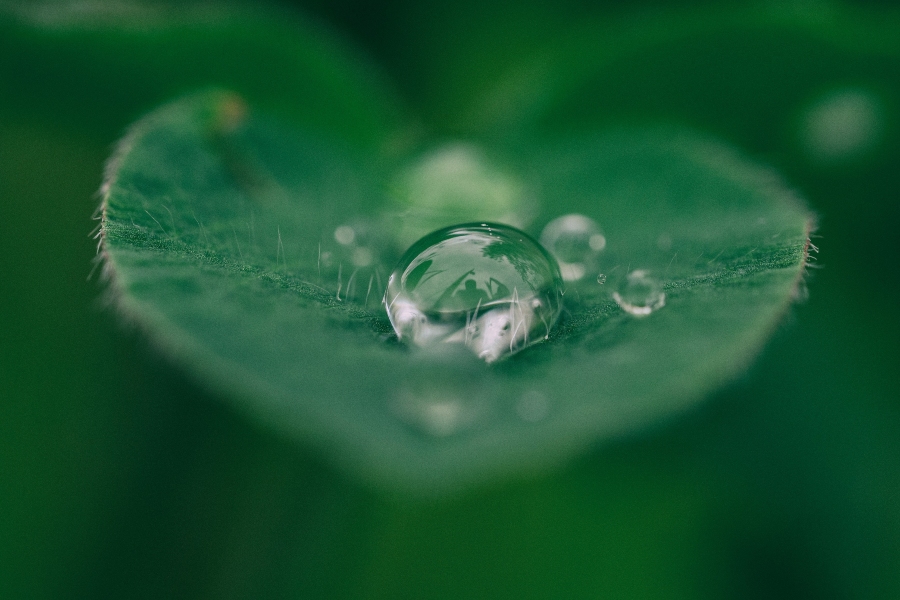
A humectant is a hygroscopic substance – a substance that attracts or holds water molecules. They are used in all kinds of products from food and pesticides to skincare and beauty.
What Are Humectant Moisturisers?
Humectant moisturisers are water-based. They draw water into the top layer of your skin when applied topically. Humectants are most effective in leave-on skincare products, such as serums, lotions, creams and face moisturisers.
Examples Of Humectants
Popular forms of humectants include:
- Glycerin/glycerol – sourced from plants or animals, this clear liquid is often derived from coconut, soy and palm.
- Hyaluronic acid/sodium hyaluronate – a skincare favourite ingredient, this sugar molecule naturally occurs in the body but can also be manufactured.
- Propylene glycol – a colourless synthetic liquid found in yeast, corn and vegetables. It is commonly used in food and drinks.
- Sorbitol – a sugar that is naturally occuring in plants such as cherries, peaches, apples and various berries.
- Urea – naturally found in the body, it is manufactured for use in skincare products.
There are also some natural ingredients that have humectant properties, such as aloe vera, cucumber and honey.
Humectants Are Best For Oily Skin & Spot-Prone Skin
Humectants are excellent for oily skin, helping to keep the skin hydrated without making it look or feel more oily. They are also good for those with acne and spot-prone skin as they don't leave a film on the skin, which could cause clogged pores and thereby create more spots.
Humectant moisturisers are intensely hydrating, which makes them valuable for older skin where you want to re-plump sagging skin or reduce the appearance of fine lines.
Occlusives

Occlusives aren't a trend-leading ingredient in moisturisers, but this is only because they are a staple within skincare. Beauticians and dermatologists alike consider occlusive moisturisers to be invaluable for maintaining skin health.
What Are Occlusive Moisturisers?
Occlusives are most-often oil based. Occlusive moisturisers create a physical barrier over the skin, keeping hydration in. Occlusives are a variety of moisturising agent that prevent transepidermal water loss – the passive evaporation of water from the skin due to environmental factors, such as heat from the sun or air conditioners.
Occlusives have proven to be excellent moisturisers for skin that struggles to retain moisture, such as dry skin, or lacks moisture, such as sun-burnt skin.
Examples Of Occlusives
Popular forms of occlusives include:
- Dimethicone – The second most popular occlusive in moisturisers. It is a man-made occlusive that is effective at preventing moisture loss.
- Lanolin – A wax-like occlusive derived primarily from sheep wool, which sheep naturally produce to help their wool shed water and stay dry.
- Mineral oil – Its broad name is somewhat imprecise but that is because it can be created from a combination of 'colorless, odorless, light mixtures of higher alkanes'.
- Natural oils – These can be any number of oils with natural derivatives, with the most common in occlusive moisturisers being sourced from plants. Common natural oils include:
- Olive oil
- Argan oil
- Jojoba oil
- Safflower oil
- Petrolatum / Petroleum jelly – commonly known as Vaseline, this is the most popular occlusive used in moisturisers. It is effective at holding water in the skin without impeding healthy recovery.
- Silicone – A natural element, silicone itself is not moisturising but does create an effective skin barrier.
- Waxes – Waxes, such as beeswax from bee honeycomb or Carnauba wax, provide a natural protective layer on your skin, performing a function they normally do for plants and animals.
Occlusives Are Best For Dry & Dehydrated Skin
Occlusive moisturisers are great for dry skin and dehydrated skin, helping to seal in hydrating and restorative ingredients into the skin to enable effective skin restoration. This is also why occlusives are a beneficial choice for those with damaged skin, such as sun damage or minor wounds, and for ageing skin, which naturally gets increasingly drier after 50 years of age.
It is worth noting that some occlusive moisturisers can leave a sheen or greasy look to the skin, which makes them less desirable for those with naturally oily or combination skin, or if you have acne/spot-prone skin. There are some occlusive moisturisers for oily or combination skin that have managed to mitigate this, but occlusives are still largely better for dry skin.
Ceramides
Ceramides are lipids – 'organic compounds including fats, oils, hormones' – which are naturally occuring in the outermost layer of your skin. They help to protect our body from harm and keep it hydrated.
What Are Ceramide Moisturisers?
Ceramide moisturisers and creams are highly popular as they work well to support your skin, allowing it to retain moisture by preventing water evaporation. Although ceramides occur naturally in the skin, they can also be created synthetically.
Ceramides are beneficial for the skin for a variety of reasons. Ceramide moisturisers are useful for those seeking to replenish skin hydration as a result of ageing, since ceramide levels, actually all lipid levels, decrease in the skin as we age.
Similarly, overuse of exfoliants or harsh soaps can strip the skin of ceramides. Damage to the epidermis of the skin can allow bacteria into the skin, causing cracks, pain and/or irritation. Repair is important and ceramides are an excellent way of supporting this in the skin.
Examples Of Ceramides
Ceramides when used in skincare are synthetic and often called simply 'ceramide', but there are also forms and derivative names that may be listed in skincare product ingredients.
For example:
- Ceramide 1, also called ceramide EOS
- Ceramide 2, also called ceramide NS or NG
- Ceramide 3, also called ceramide NP
- Ceramide 6-II, also called ceramide AP
- Ceramide 9, also called ceramide EOP
- Phytosphingosine
- Sphingosine
Ceramides Are Best For All Skin Types
Good formula ceramide moisturisers can be used by all skin types, including those with acne-prone and sensitive skin. They are a must for those with dry and irritated skin, but it is worth being aware that many of the best moisturisers will have both ceramide ingredients and ingredients that are humectant, occlusive or emollient.
When selecting a ceramide moisturiser when you have dry skin, consider choosing a product with glycolic acid or retinoids as these will allow the ceramides to penetrate deeper into the skin – just remember not to use retinoids during the day as they can cause damage to your skin in combination with sunlight.
The best ceramide products should come in vacuum packaging, such as with pump dispensers, to keep the formula stable and most effective.
How To Choose The Right Moisturiser For Your Skin Type
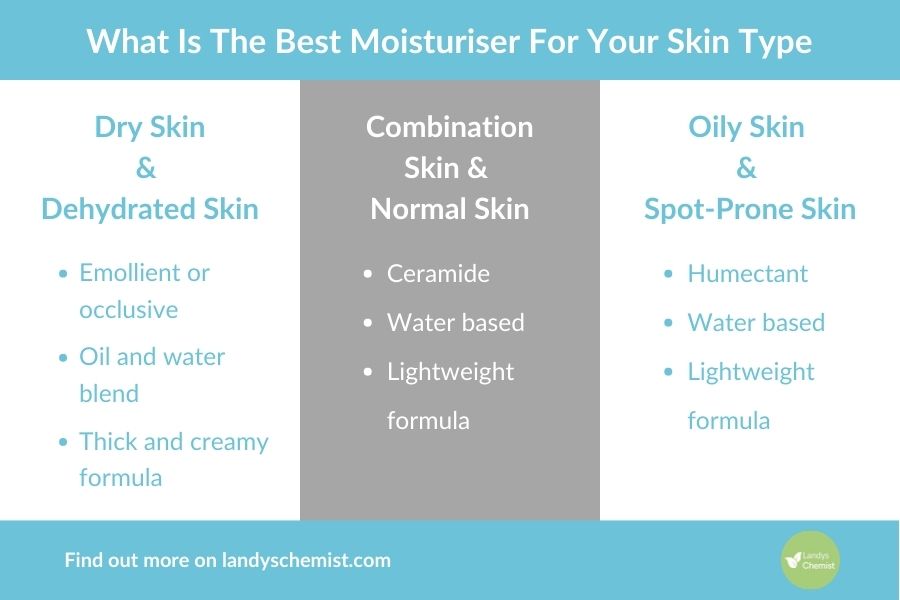
Oily Skin
If you have oily skin, then consider the following when selecting your moisturiser:
- Humectants are the best type of moisturiser for oily skin.
- Water based, oil-free moisturisers will work well with your skin.
- Lightweight formulas are good if you have acne-prone oily skin.
Dry Skin
If you have dry or dehydrated skin, you should look for the following when choosing your moisturiser:
- An emollient or occlusive, to best preserve moisture in your skin.
- A cream moisturiser to richly hydrate, such as one with oil and water.
- A thicker formula, but not one that you have to slather on.
Combination & Normal Skin
For combination and normal skin, when deciding on a moisturiser, it's worth remembering:
- Ceramides are ideal for all skin types, including yours.
- If you skin becomes more oily, try a gel-based moisturiser
- If you skin feels dry, try a creamier moisturiser
How To Identify Your Skin Type
If you don't know what your skin type is, you can do a simple test to easily identify what it is and therefore what moisturiser will work best for you.
Using the Watch & Wait method, you should:
- Wash your face, using a gentle cleanser, and then pat dry
- don't apply moisturiser.
- After 30mins, assess:
- if your skin has an oily sheen, it indicates oily skin
- if it feels dry and tight, this indicates dry skin
- if there are shiny areas and dry or flakey patches, it indicates combination skin
- If you don't have any particular oily or dry patches, then you have "normal" skin
Types Of Moisturisers: FAQs

How Do Moisturisers Work?
Moisturisers improve skin hydration and protect against skin damage. Various types of moisturisers do this by infusing the upper layers of your skin with ingredients that support its natural health, adding in nutrients that are needed to regenerate cells effectively, and then sealing it all in in a way that prevents moisture loss but doesn't impede natural processes.
Your choice of moisturiser will depend on what you need your moisturiser to do for your skin beyond this, or in what particular way – for example, increased hydration through deeper penetration or skin repair while managing a skin condition.
What Should A Good Face Moisturiser Contain?
BIODERMAField Trainer, Gemma Jones advises that the best ingredients for a moisturiser will be “dependant on your skin type and your skin goals and what you want the facial moisturiser to do”. She says the “most useful basic ingredients in a facial moisturiser would have both hydrating and antioxidant properties in order to maintain the health of the skin”.
These include:
- Hyaluronic Acid – A humectant
- Glycerine - An emollient
- Squalane - An emollient
- Urea - A humectant
Additionally, Gemma suggests that “key antioxidants to look for would be vitamin C, which helps stimulate collagen and helps evens out the skin tone, vitamin E which fights free radical damage in the environment, antioxidant polyphenols which are anti-inflammatory and help repair cell DNA, and niacinamide which helps restore the skin's lipids and the skin’s protective barrier”.
What Ingredients Should You Avoid In A Moisturiser?
By choosing a facial moisturiser formulated for your skin type, you will avoid many of the ingredients that won't work for your skin.
BIODERMA's Gemma Jones warns against a few ingredients that are commonly found to cause skin issues:
- Fragrances – lots of fragrance, indicated by it being listed near the front of the ingredients list, can lead to skin irritation over time.
- Essential oils – 'studies have shown that they induce photo-allergic responses in the skin when exposed to sunlight, so they need to be used very carefully, only in the evening or avoided altogether.'
- Alcohols – used to improve the penetration power of face moisturisers and creams, they can dry out skin and lead to skin sensitivity.
- Coconut oil – it is highly comedogenic, meaning it clogs pores, which can lead to spots.
Differences In Types Of Moisturisers, Creams & Oils
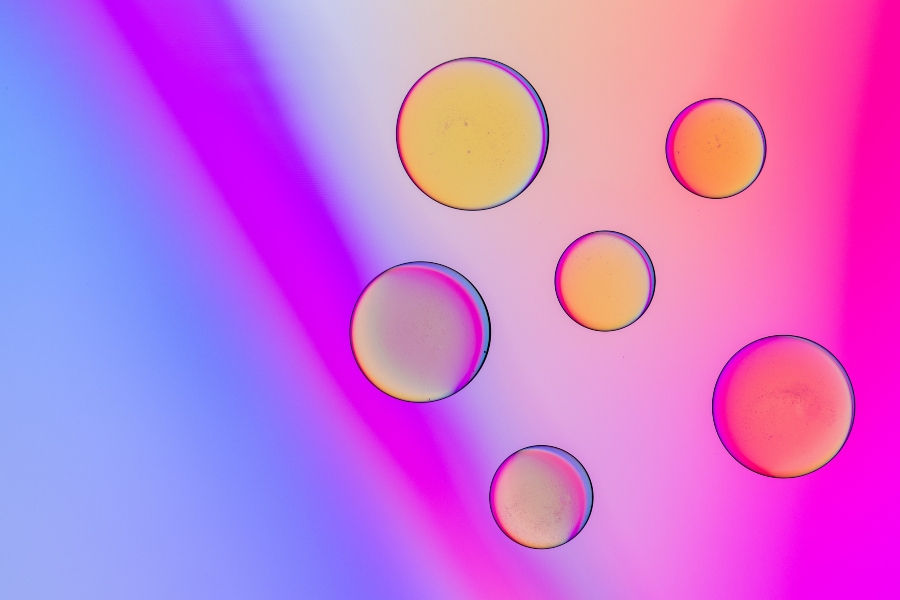
What Is The Difference Between Moisturisers And Creams?
Moisturisers and creams have overlap in their usage but have two slightly different functions. Moisturisers tend to prioritise restoring moisture in the skin, whereas creams aim to prevent moisture. loss. Hence, if you have dry skin then creams, often rich in emollients, are recommended for intense moisturising. Creams often use oils, like plant oils or natural butters, think: cocoa butter, to seal in moisture.
What Is The Difference Between Moisturiser And Oils?
Plant and mineral oils are often included in moisturisers, but in small amounts to balance their formulas with other ingredients. They help prevent moisture from evaporating off the skin. Some natural oils are used on their own and applied topically to the skin as a way of moisturising without using a moisturiser. They have mixed effectiveness as it is the combination of ingredients in moisturisers that makes the oils really beneficial for your skin.
What Is The Difference Between Creams And Oils?
Topical oils are just that. Oils and no water. Creams are a combination of emulsions and water, sometimes including small amounts of oils, along with other active ingredients. For effective hydration, particularly of dry skin, sun damaged or dehydrated skin, creams will be more soothing and restorative than an oil.
By Girish Desai, Pharmacist (GPhC ), Nutritionist and Homeopath
Disclaimer
The products offered are not intended to diagnose, treat, cure, or prevent any illness or disease, or replace the advice of a medical professional. Results are not guaranteed and may vary from individual to individual.

